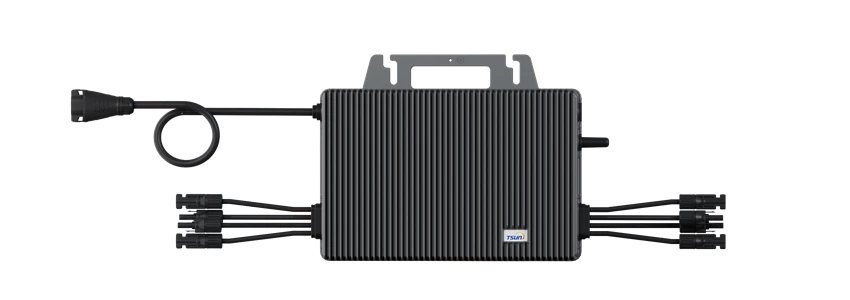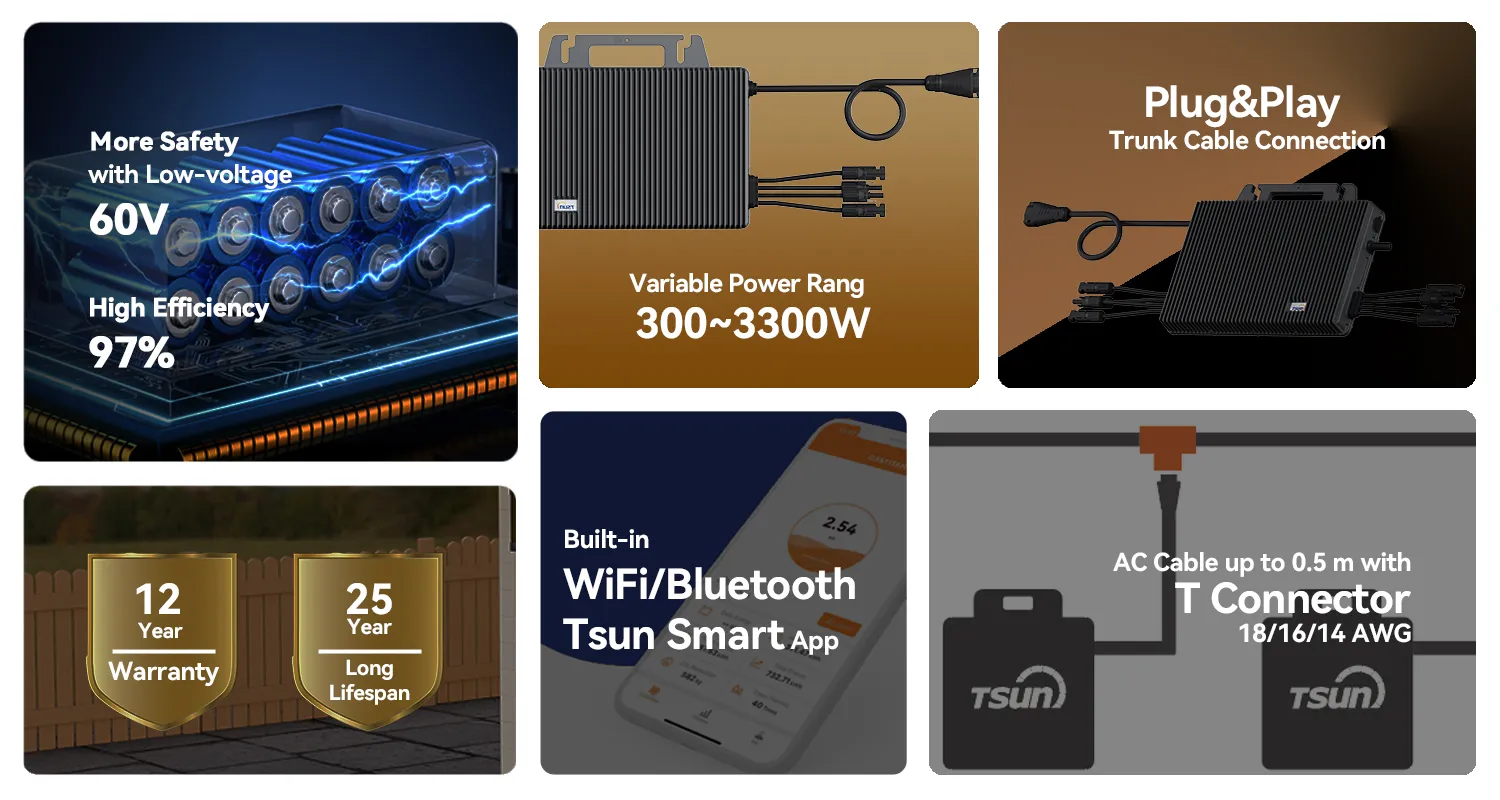Microinverters have steadily gained traction in the renewable energy landscape as a critical component for optimizing solar photovoltaic (PV) systems. To truly understand what a microinverter is, one must delve into its function, benefits, and applications within solar energy solutions.

A microinverter is a small electronic device mounted on the back of a solar panel. Its primary role is to convert direct current (DC) generated by the solar panels into alternating current (AC) for household or grid use. Unlike traditional string inverters that connect a series of panels and convert their collective output, microinverters are paired with individual solar panels. This approach allows for enhanced performance and efficiency, especially in partially shaded environments.
The core advantage of microinverters lies in their ability to maximize power output from each panel independently. This independence is crucial as it mitigates the well-known issue of Christmas light effect observed in string inverter systems. When a single panel in a string inverter setup is obstructed by shade or dirt, the entire string’s performance downgrades to the level of the least efficient panel. With microinverters, such disruptions impact only the affected panel, improving the overall energy harvest of the solar array.

In addition to maximizing energy output, microinverters guarantee superior system monitoring. These devices often come integrated with sophisticated monitoring software, enabling real-time tracking of each panel's performance. Homeowners and installers can identify and address issues promptly, ensuring the system operates at peak efficiency. This deep level of insight translates into less downtime and facilitates swift troubleshooting, a feature that escalates the expertise and efficiency of these systems.
From a safety standpoint,
microinverters provide exceptional peace of mind. Converting DC to AC at the panel level minimizes the risks associated with high-voltage DC electricity running across rooftops and into homes, which is inherent in string inverter systems. This feature is especially beneficial in reducing potential electrical fires, bolstering the trustworthiness of microinverters for residential installations.
what is microinverter
The benefits of microinverters are further amplified by their design and scalability. Homeowners have the flexibility to expand their solar systems without the need for additional central inverter capacity, making it easier to account for future energy needs. This scalability aligns with the green energy movement, fostering sustainable growth in electricity generation capabilities.
Moreover, microinverters are reputable for their durability and reduced downtime. Each inverter works independently, so a single unit’s failure does not compromise the entire system's productivity—a testament to their reliability and solid performance. Most microinverters come with warranties spanning over two decades, underlining the manufacturers' confidence in their product's longevity and building consumer trust.
Economically, the initial cost of microinverters might be higher compared to string inverters due to the need for one unit per panel. However, their ability to optimize energy yield often results in a faster return on investment, emphasizing their authoritative position in long-term cost efficiency and system longevity.
The installation process, while slightly more complex due to multiple units, is offset by the long-term benefits and efficiency gains. Engaging professional installers or consulting industry experts can ease the installation journey, ensuring that consumers leverage the full potential of microinverters.
In conclusion, microinverters have innovated how solar power systems operate, providing enhanced energy output, safety, and flexibility. Their authoritative design and trustworthy performance make them a crucial asset in both residential and commercial solar applications. As the demand for efficient renewable energy solutions continues to surmount, the role of microinverters will undoubtedly become even more significant, marking them as a future-proof investment in the solar technology landscape.
 LEARN DETAILS
LEARN DETAILS



